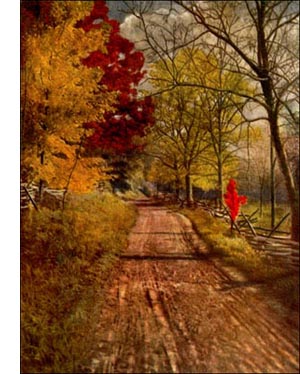Oriental Plane Sycamore Tree
 The Oriental Plane Tree (P. orientalis, Linn.) is the species best known in Europe, and is coming to be very popular in this country. It is a shapelier tree than our own, more compact in habit, with larger leaves, and three or four seed balls are strung on each long stem. So far it seems almost immune to fungous diseases, a very important consideration to the planter.
The Oriental Plane Tree (P. orientalis, Linn.) is the species best known in Europe, and is coming to be very popular in this country. It is a shapelier tree than our own, more compact in habit, with larger leaves, and three or four seed balls are strung on each long stem. So far it seems almost immune to fungous diseases, a very important consideration to the planter. This is the plane tree of the Greek writers, in groves of which Plato walked and discoursed a tree held in worshipful esteem by the ancients for its stateliness and beauty. On occasions they poured wine upon its roots and decked its limbs with jewels and gold. Xerxes halted his unwieldy army for days that he might contemplate to his satisfaction the beauty of a single tree. He had its form wrought upon a medal of gold to help him to remember it the rest of his life. Xerxes never did things by halves.
Certain venerable plane trees in Europe are estimated to be 4,000 years old. Very few species of trees attain a greater age. These patriarchs are giants as well. They measure as much as 40 feet in trunk diameter, though they are so perforated by decay that counting rings is impracticable even when the tree falls. These old trees are at best but shattered ruins, supported in their senile age by columns and braces-melancholy figures, indeed, renewing feebly each spring by their few leaves the youth they had spent and quite forgotten centuries before the dawn of civilisation. It is almost pitiful that they should live on.
Quaintly does John Parkinson, "Apothecarye of London, write of plane trees in the year 1640: "They are planted by the waysides and in market places for the shadowes sake onely." Quite sufficient justification for any tree in any age, that it tempers the heat of the sun in places where men must congregate. "For the shadowes sake" is a phrase worth remembering! John Parkinson seems to have been a poet as well as an apothecary.
The generic name of these trees comes from the Latin platus, which means "broad." It refers to the breadth of the leaf. A species platanoides is found in many genera; it means "like the sycamore." The swamp white oak sheds its bark in sheets. In the Norway maple the shape of the leaf is much like that of the sycamore.
The common name of this tree has had an interesting history. The original sycamore was a fig tree of the ancients-Pharaoh's fig, they called it in Egypt. Their strong mummy cases were built of its wood. Its scientific name is Ficus Sykomorus. In Europe, the great maple, Acer Pseudo-platanus, is called sycamore. In America, our sycamore is Platanus occidentalis. Botanists try to teach Europeans to call their tree the sycamore maple and Americans to call theirs the buttonwood; but in spite of their efforts the old names stick.
The traveller who meets abroad all three of these sycamores -a fig, a plane, and a maple- all different but known by the same common name, is ready to side with the botanists, for his head is in a whirl. Common names may do well enough till all the trees are met with in the same region. Then trouble and confusion are constant.